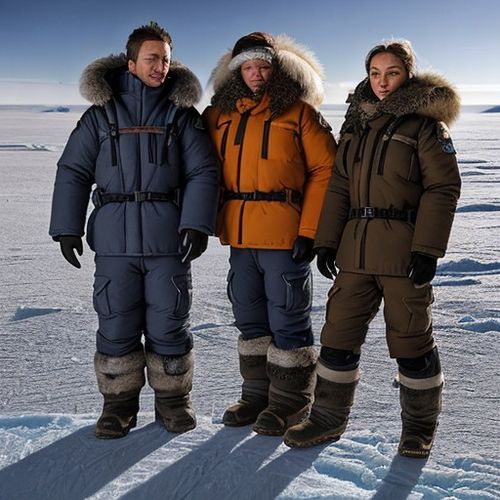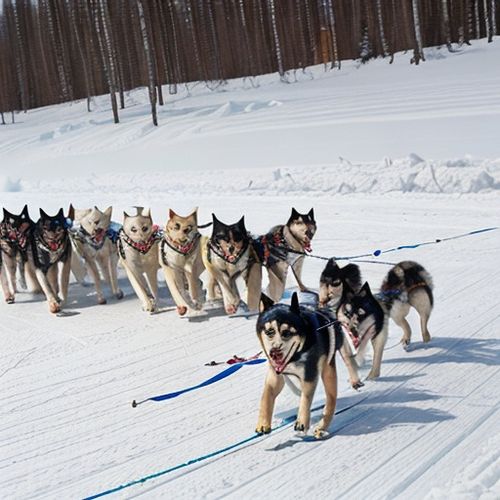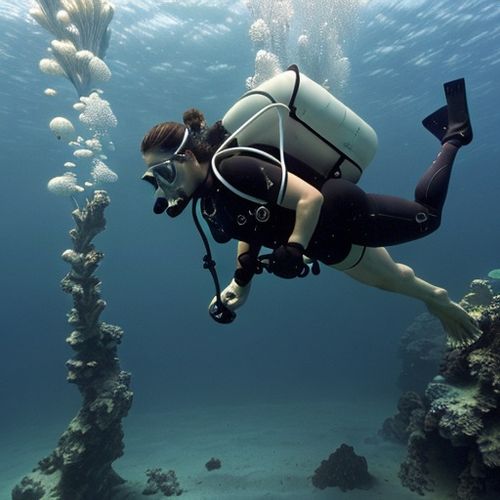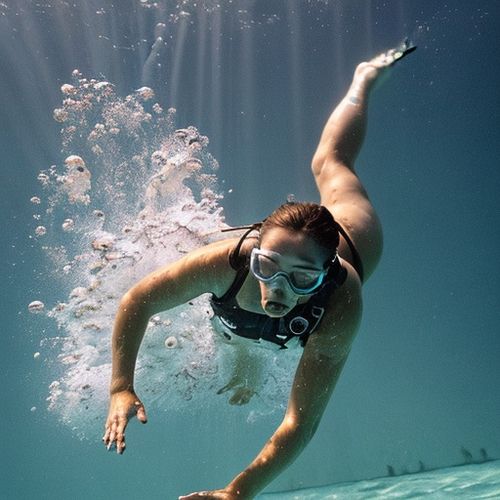The frozen expanses of the Arctic and Antarctic have long captivated explorers, scientists, and adventurers. Yet, these regions are among the most inhospitable on Earth, with temperatures plummeting far below zero and winds that can strip heat from the body in minutes. Surviving in such extreme conditions requires more than just resilience—it demands specialized gear designed to withstand the brutal cold while allowing for mobility and functionality. Over the years, polar expedition gear has evolved from rudimentary layers of animal fur to high-tech fabrics engineered for maximum insulation and minimal bulk.
The foundation of any polar expedition kit is the clothing system. Unlike everyday winter wear, polar gear must be meticulously layered to trap warmth while wicking moisture away from the body. The base layer, often made of merino wool or synthetic fibers, serves as the first line of defense against the cold. Unlike cotton, which retains moisture and can lead to hypothermia, these materials keep the skin dry even during intense physical exertion. Mid-layers typically consist of fleece or down-filled jackets, providing additional insulation without restricting movement. The outermost layer, a windproof and waterproof shell, shields against the elements, preventing icy gusts from penetrating the suit.
One of the most critical pieces of equipment is the expedition parka. These heavy-duty jackets are designed to withstand temperatures as low as -50°C (-58°F) and are often lined with goose down or synthetic alternatives like PrimaLoft. Down remains the gold standard for insulation due to its unparalleled warmth-to-weight ratio, but synthetic fills have gained popularity for their ability to retain heat even when wet. Modern parkas also feature adjustable hoods, reinforced seams, and extended cuts to cover the hips, ensuring no exposed skin is left vulnerable to frostbite.
Footwear is another area where polar gear diverges sharply from conventional winter boots. Standard snow boots are insufficient for prolonged exposure to polar conditions, where temperatures can freeze unprotected feet within minutes. Expedition-grade boots are typically made of thick rubber or insulated leather, with multiple layers of felt or foam to prevent heat loss. Many designs incorporate a removable inner boot, allowing explorers to dry them out at night—a crucial feature when moisture buildup can lead to frostbite. Cleated soles provide traction on ice, while elevated cuffs prevent snow from entering the boot during treks through deep drifts.
Hand protection in polar environments is a delicate balance between warmth and dexterity. Thick mittens are the warmest option, as they allow fingers to share body heat, but they make intricate tasks nearly impossible. To address this, many explorers use a layered glove system: thin liner gloves for fine motor skills, covered by insulated mittens when extra warmth is needed. Some high-end models even incorporate heating elements powered by rechargeable batteries, though these are often reserved for the most extreme conditions.
Beyond clothing, polar expeditions require specialized equipment to survive the harsh environment. Sleeping bags rated for sub-zero temperatures are essential, with many featuring down or synthetic fills similar to expedition parkas. Tent design is equally critical—polar tents must withstand hurricane-force winds while providing adequate ventilation to prevent condensation from freezing inside. Sleds, ice axes, and navigational tools all require cold-weather modifications, such as materials that remain flexible in extreme cold and coatings that prevent frost buildup.
The evolution of polar gear has been driven by both technological advancements and hard-won experience. Early explorers like Shackleton and Amundsen relied on reindeer skins and layers of wool, which, while effective to a degree, were heavy and prone to moisture retention. Today's materials are lighter, more durable, and far more efficient at regulating body temperature. Yet, even with modern technology, polar exploration remains an exercise in preparation and respect for the environment. The right gear can mean the difference between a successful expedition and a tragic outcome in these frozen wildernesses.

By James Moore/May 9, 2025

By Christopher Harris/May 9, 2025

By Elizabeth Taylor/May 9, 2025

By Amanda Phillips/May 9, 2025

By Daniel Scott/May 9, 2025

By Laura Wilson/May 9, 2025

By Christopher Harris/May 9, 2025

By William Miller/May 9, 2025

By Jessica Lee/May 9, 2025

By Noah Bell/May 9, 2025

By Amanda Phillips/May 9, 2025

By Samuel Cooper/May 9, 2025

By William Miller/May 9, 2025

By Olivia Reed/May 9, 2025

By Natalie Campbell/May 9, 2025

By Sophia Lewis/May 9, 2025

By Sarah Davis/May 9, 2025

By Grace Cox/May 9, 2025

By John Smith/May 9, 2025

By Noah Bell/May 9, 2025